The strong cereal
Spelled flour is the product obtained by grinding the kernels of Triticum spelta (or more spelled), Triticum dicoccum (spelled proper, or medium spelled, very similar to durum wheat) or Triticum monococcum (or small spelled). Spelled is a “strong” cereal, which grows on poor soils, with a harsh climate: in such hostile territories, other more delicate cereals - such as durum wheat, for example - are unable to develop.
Spelled flour in history

The diet based on products derived from spelled is particularly suitable for those who do not digest bread, pasta or other products consisting of hard or soft wheat.
Spelled flour is NOT suitable for celiacs.
Nutritional analysis
When compared to other cereals, spelled has a reduced caloric intake: in fact, spelled provides only 335 Kcal per 100 grams (corresponding to 1,400 Kjoules).
Spelled flour is particularly rich in proteins (15.1 g / 100 grams of flour) and vitamins of group B. Spelled contains an essential amino acid that is missing or deficient in many other cereals: methionine, involved in the synthesis of carnitine, cysteine, lecithin, taurine, phosphatidylcholine and other phospholipids.
Spelled is also very suitable for its ease of cooking and for its nutritional values, as well as for its versatility.
From grain to flour
Following threshing, the spelled grain retains the glumeal envelopes: in simple words, spelled retains a sort of film adhering to the seed, free from nutritional properties. In this regard, after threshing, the spelled grain cannot be transformed directly into flour: a decortication step is essential to separate the husk from the grain. Thus, it is easy to understand why the cost of spelled flour (or spelled-based products) is so high (even 3-4 times higher than wheat flour). Given the high processing prices, most spelled flours are made from Spleta (major spelled), which is less expensive and particularly versatile.
There are two varieties of spelled on the market: hulled and pearled. We have seen that after threshing, the spelled grain is subjected to decortication: the peeled spelled keeps the pericarp intact (particularly rich in fiber), which is instead removed in the pearl spelled. Between the two, hulled spelled is preferable, due to its preciousness in terms of fibers; in any case, the pearled one is still widely used, as it cooks in much shorter times. Flour can also be obtained from pearl spelled: the final product will be lighter and less rich in fiber.
Spelled flour: uses
Spelled flour is widely used for the production of sweets, pasta and bread. Baked products mixed with spelled flour are preferable to wholemeal wheat bread: if wholemeal wheat bread maintains a well-known bitter aftertaste, spelled bread is much more aromatic, similar to that of white wheat and, in some respects , even better.
Considering the high fiber content of spelled, the products made with the flour of the same name help to regulate intestinal transit: the insoluble fibers preserve the ability to absorb water and therefore produce a mild laxative effect. The fibers are made up of cellulose, lignin, hemicellulose and other complex polysaccharides, whose nutritional properties are null; However, this does not mean that fibers are very important for the body. In fact, reaching the stomach, the fibers present in spelled flour swell: for this reason, farro-based products also boast satiating properties.
Summary
Spelled flour: in short
- Triticum spelta
- Triticum dicoccum
- Triticum monococcum
- It is rich in proteins (15.1 g / 100 grams of flour) and in vitamins of group b
- Provides 335 kcal per 100 grams
- It contains an essential amino acid - missing or deficient - in many other cereals: methionine
Pearl spelled: the pericarp is removed from spelled → it cooks in less time
Other Cereals and Derivatives Amaranth Wheat starch Corn starch Rice starch Modified starch Oat starch Bulgur Whole grains Corn Flakes Crackers Oat bran Bran Cus cus Amaranth flour Oat flour Buratto flour Spelled flour Buckwheat flour Corn flour Corn flour Millet Barley flour Quinoa flour Small spelled flour (Enkir) Rice flour Rye flour Sorghum flour Flour and semolina Whole wheat flour Manitoba flour Pizza flour Spelled Rusks Focaccia Nuts Wheat or wheat Wheat germ Burnt wheat Buckwheat Breadsticks Oat milk Rice milk Corn Maizena Malt Millet Muesli Barley Stale bread Unleavened bread and Pita Bread Carasau bread Egg pasta Rice pasta Wholemeal pasta Piadina Small spelled Pizza Pop corn Baked goods Quinoa Rice Basmati rice Converted rice White rice Rice Wholemeal Parboiled Rice Puffed Rice Venus Rice Rye and Horned Rye Semolina Semolina Sorghum Spaghetti Spelled Teff Tigelle Triticale OTHER ARTICLES CEREALS AND DERIVATIVES Categories Food Alcoholics Meat Cereals and derivatives Sweeteners Sweets Offal Fruit Dried fruit Milk and derivatives Legumes Oils and fats Fish and fishery products Salami Spices Vegetables Health recipes Appetizers Bread, Pizza and Brioche First courses Second courses Vegetables and Salads Sweets and Desserts Ice creams and sorbets Syrups, liqueurs and grappas Basic Preparations ---- In the Kitchen with Leftovers Carnival Recipes Christmas Recipes Dietary Recipes Light Recipes Woman's Day, Mother's Day, Dad's Day Functional Recipes International Recipes Easter Recipes Recipes for Celiacs Recipes for Diabetics Holiday Recipes Valentine's Day Recipes Vegetarian Recipes Protein Recipes Regional Recipes Vegan Recipes

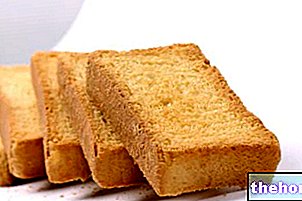
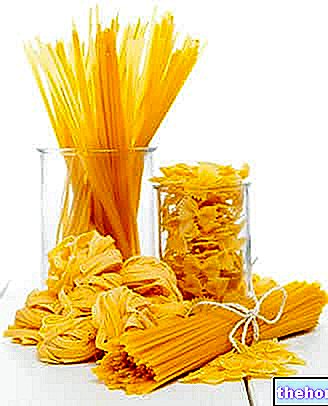
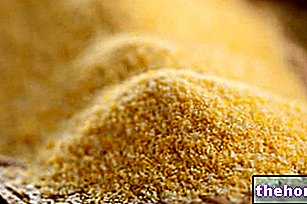
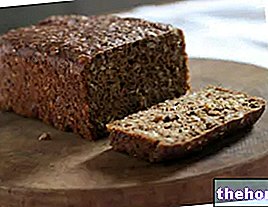
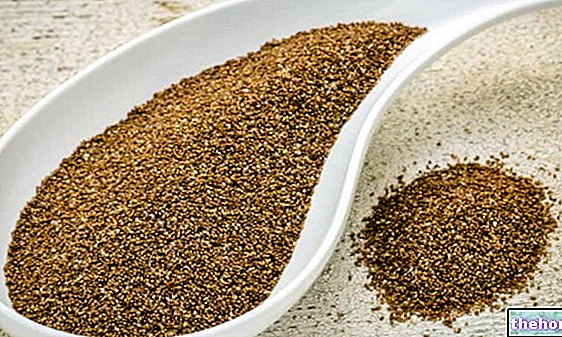
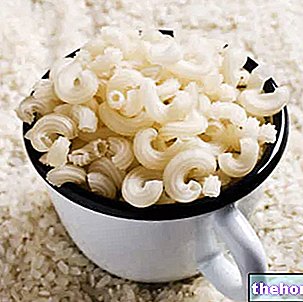









.jpg)











